Soviet Russia seemed to like strapping rockets to things. Do you remember when they strapped rockets to some of their T-55 tanks, has anyone ever thought that rockets on a tank was a good idea?
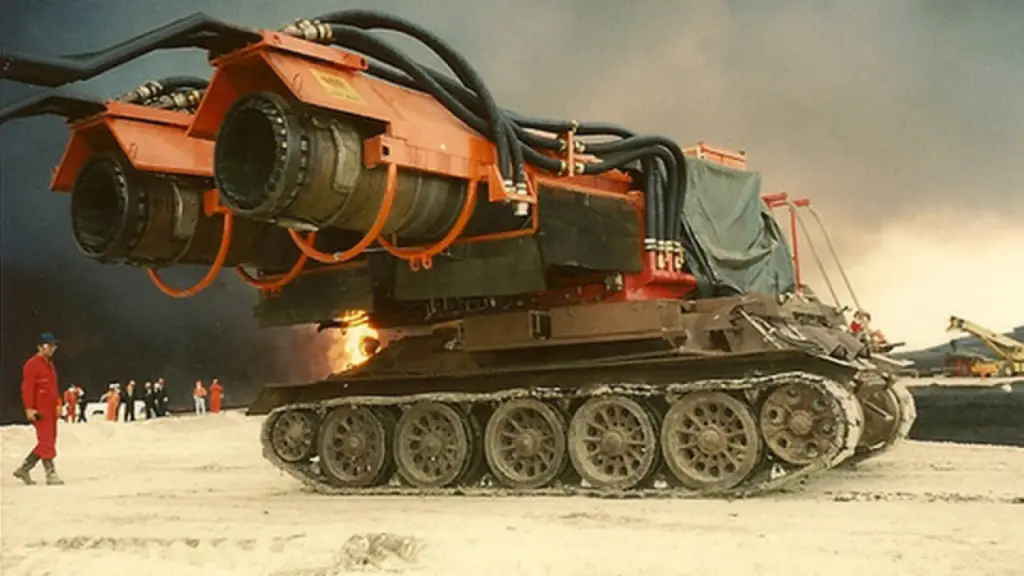
Or the engine from a MiG 21 fighter jet bolted onto a T-34 and was used for putting oil well fires and was first seen by the world in 1991.
During his retreat from Kuwait during the Gulf War, Saddam Hussein’s army set ablaze to the oil fields, setting fire to every oil well they could find.
Contents
And there are trucks with MiG15 engines strapped to them and are used for melting ice off runways.
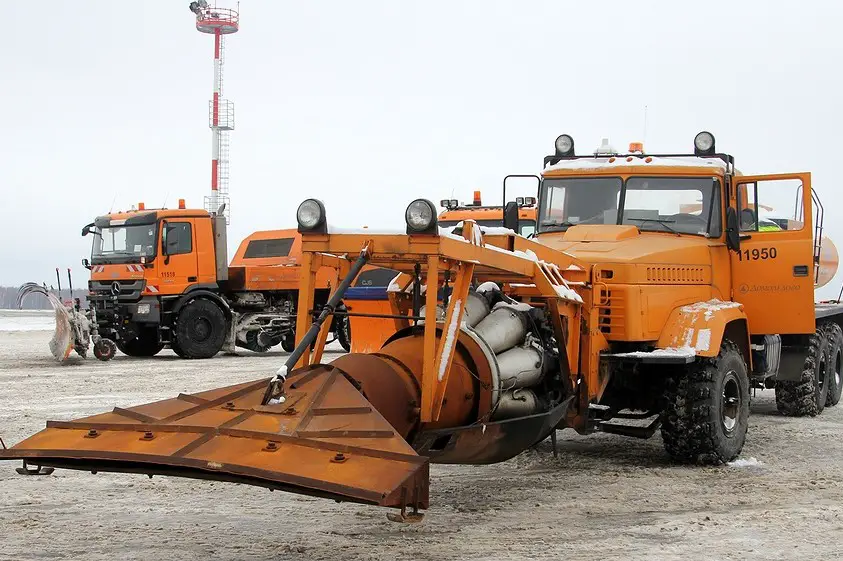
Then as now, transportation costs take a big bite out of the budgets of major metropolises right around the world.
Consider cities like Tokyo, or New York, or London, and imagine the billions spent annually to keep subways and buses and above ground trains moving, trying to accommodate countless people on their daily commute to work and then return them home at the end of their days.
Even 50 years ago, a central preoccupation of city officials everywhere was moving masses of people quickly and efficiently from point A to points B, C, and D.
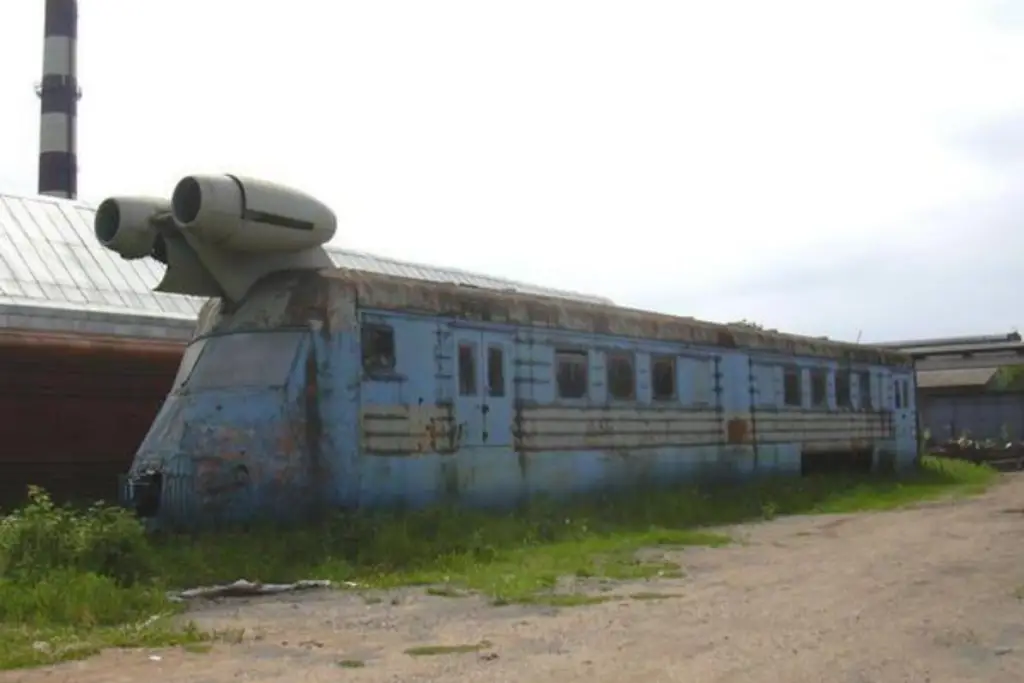
Soviet Union
It is understandable, then, that the people in charge would be susceptible to daft ideas like attaching the engine of a jet plane onto the roof of a city train and calling it high speed transportation.
That’s what happened in what was once called the Soviet Union, now Russia, in the 1970s. Called a “Soviet turbojet rail car” the project was at first heralded as a major innovation in urban transportation.
However, within an embarrassingly brief period of time, officials realized that the costs of fuel made the entire project impractical, and left the initial test cars to gather dust in an abandoned field. Left to rot and rust, they offer mute testament to the importance of government authorities thinking first, and acting second.

1970s
The 1970s are famous for a lot of things – disco music, bad fashion, the end of the hippie era, and inflation in many countries. The latter problem was caused, at least in part, by an energy crisis so severe it is written about in history books.

Who, therefore, thought using high-speed trains equipped with jet engines – a fuel guzzling invention if every there was one – was a smart idea?
Perhaps city officials were dazzled by the speed the first of these trains could reach – 160 miles per hour (257km/hr).
Still, is seems obvious with the benefit of hindsight that someone somewhere, perhaps in the Soviet budget department, should have foreseen the pure folly the trains represented. How would the enormous fuel costs be recouped without gouging Russian citizens at the ticket counter?

Rusting Hulk
Photos of the train’s rusting hulk have been published in several places, including a spread in Britain’s Mail Online in 2016, no doubt to the embarrassment of transportation officials all over Russia.
In fairness, the Soviets were not the only folks to fall for the notion. The civil engineer who designed the turbojet rail cars was an American engineer named Don Wetzel, of New York.
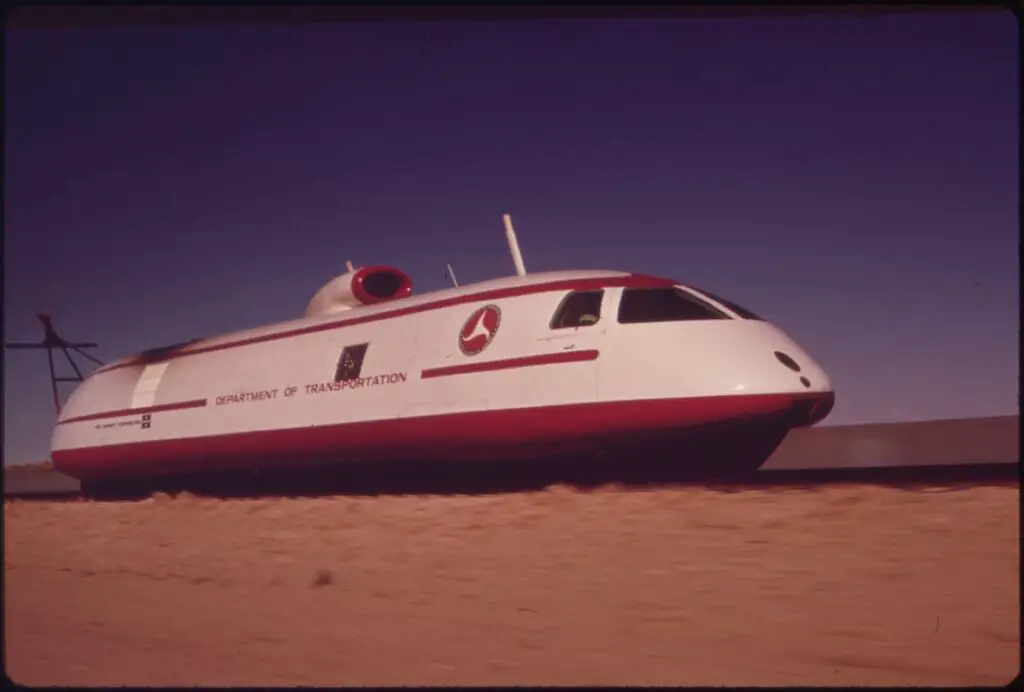
Not only did he dream up the Soviet trains, he first designed others for the New York Central Railroad in the 1960s. Those cars could achieve a speed of 183 miles per hour (294km/hr).
M-497 Black Beetle
The American model Wetzel built was known as the M-497 Black Beetle, and it had two jet engines under its rounded nose, both of which ran on diesel. It looked sleek and performed remarkably well. On its test run between Indiana and Ohio, chosen because there was a long stretch of flat land between the two destinations.
And while in 1966 the Black Beetle looked positively futuristic, neither Wetzel nor his colleagues could have known that the looming energy crisis in the coming decade would keep his dream train just that – a dream.
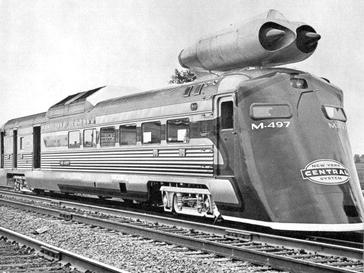
Perhaps it was those high-speed trains that gave the Soviets hope that Wetzel could solve mass transportation problems in their country.
Alas, he could not, because even the most clever engineer cannot control spiralling fuel costs that doom such a project practically from the outset.
If you like this article, then please follow us on Facebook, Instagram

Another Article From Us: Two Soviet Era Radioactive Wrecks to be Recovered
And so the cars in Russia sit, abandoned, no doubt impossible to dispose of but impossible to ignore.
Another well intentioned but ultimately nonsensical bureaucratic blunder for the record books, on both sides of the Atlantic. File the entire episode under: “It seemed like a good idea at the time.”
